One of the most immediate problems that we will face during a grid-down scenario is that the loss of electricity brings with it a failure of our ability to keep food from spoiling.
Generators, battery banks, and other off-grid power options can keep a refrigerator running but will rapidly consume valuable resources in the form of fuel and battery capacity.
Constructing an electricity-free refrigeration option will aid in preserving our battery and fuel stores.
Refrigeration Before Electricity
The electric refrigerator is a relatively modern innovation, and commercially available models have only been in homes for about a century.
Before that, the simple icebox was the most common method of keeping food cold, and even during ancient times, people used ice houses to preserve food.
The problem with using ice is that it may be hard to come by in a grid-down scenario, which is where evaporative cooling comes into play.
Evaporative cooling has proven to be an effective method of keeping perishable foods from spoiling throughout history in areas where ice is not readily available.
The two elements required for an evaporative cooler are wind and water, which are far easier to obtain than large quantities of ice or snow.
Zeer Pots
The Zeer pot has been in use for thousands of years in one form or another but was resurrected from history by Mohamed Bah Abba in the 1990s.
Abba developed the pot in pot refrigeration system, using two unglazed clay pots. These pots are different sizes; the smaller one should fit inside the larger one leaving a gap of about an inch or so.
The inner pot is where the food you want to keep cold goes, and the outer pot serves to contain the sand that will fill the gap between the pots.
How the Zeer Pot Works
The Zeer pot can keep the inner pot cool because of the process of evaporative cooling.
For water to evaporate, it needs to absorb heat to turn the liquid water into vapour. As the water vapour absorbs this heat, it will be replaced by cool air that will settle in the inner pot.
The reason why the pots that make up a Zeer pot must be unglazed is to allow moisture to seep through the walls, which has a similar effect that sweating has on humans. Likewise, the moist cloth that is draped over the Zeer pot also aids in the cooling process.
Related: Living without a Refrigerator – It Can Be Done!
Much like how a breeze can help cool your body when your clothes are damp or when you are sweating, the wind blowing across the Zeer pot is an essential component of its ability to keep food cold.
How to Build a Zeer Pot
Constructing a Zeer pot is a very simple process and requires readily available materials at your local hardware store. The entire build process takes very little time to complete. In my case, I constructed a Zeer pot in less than twenty minutes.
Materials and Instructions
- One large unglazed terracotta pot
- One smaller unglazed terracotta pot
- Sand
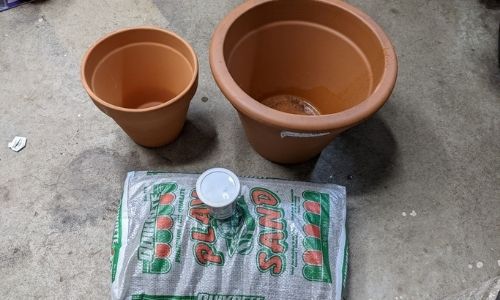
1. If there are drainage holes in the bottom of either of the pots, you will need to seal them.
In my case, I decided to use plumbers’ putty, but you can use anything you have on hand to keep the sand and water from leaking out of the bottom. Of course, whatever you decide to use needs to be waterproof.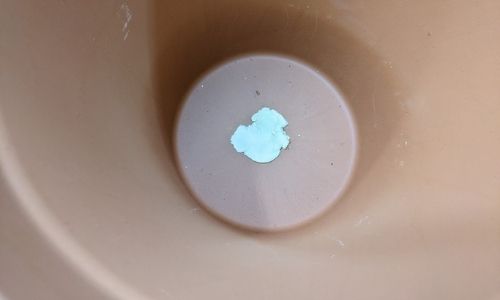
2. Pour a layer of sand into the bottom of the larger pot.
Related: How To Preserve Your Vegetables Using Sand
The goal is that when you place the smaller pot inside, the tops of both the pots will be at the same level or that the inner pot is slightly higher than the outer pot.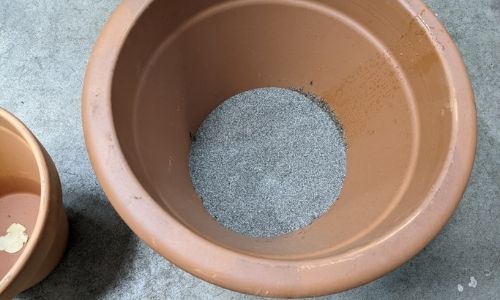
3. Place the smaller pot inside of the larger one.
Centre the pots as best you can and make sure the inner pot is not below the level of the outer pot, as this will mean that sand may fall into the inner pot.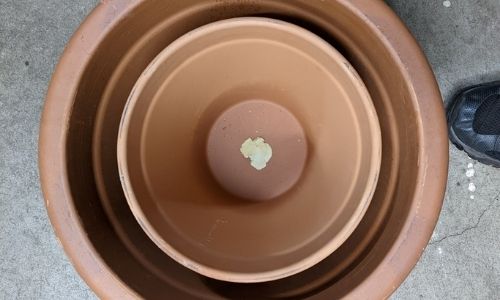
4. Pour sand in the gap between the pots filling it to the top.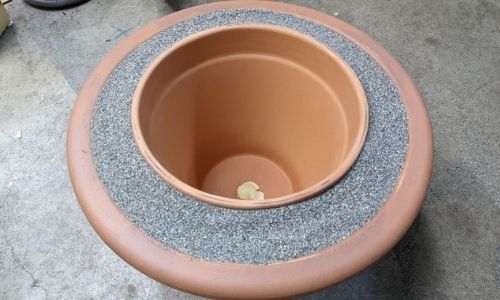
5. Pour water on the sand until the sand is saturated with water.
You will need to allow the pot to cool for a while before loading it with food. During this cool-down period, you will want to drape a damp cloth over the pots.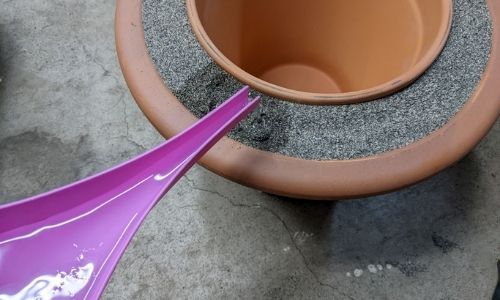
6. Fill the inner pot with whichever food you wish to keep cold.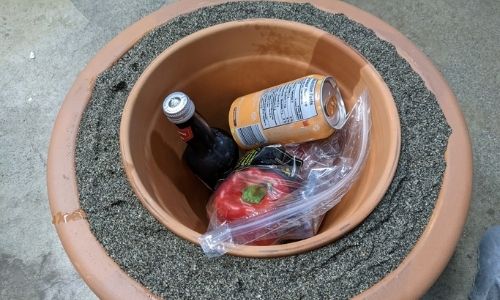
7. Cover your new Zeer pot with a damp cloth or lid.
It is essential that the fabric stay moist to facilitate the cooling effect. Then place the pot where it will be exposed to the wind and remain out of direct sunlight.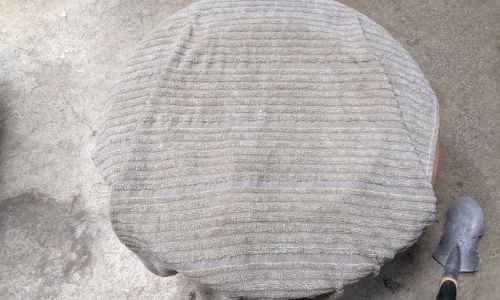
8. Pour water on the sand a couple of times a day to prevent it from drying out.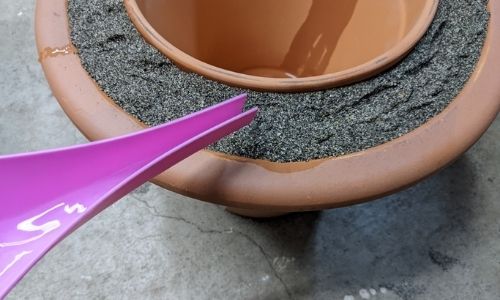
Limitations of the Zeer Pot
There are several limiting factors for this style of electricity-free refrigeration:
- The Zeer pot is best suited for use in dryer climates. As the humidity in the air increases, the effectiveness of the Zeer pot is decreased.
- You have to keep the wet sand and damp cloth moist for the Zeer pot to maintain effectiveness. This means that you may have to wet the sand several times a day.
- Evaporative cooling requires wind, so in areas where there is no breeze, the Zeer pot will not be nearly as effective.
- There is no way to ensure that the temperature remains stable throughout the day, meaning that there could be periods of time in which the temperature within the Zeer pot rises to unsafe levels.
- Direct sunlight cancels the cooling effects.
If you live in a hot, dry region, the Zeer pot is a fantastic option for extending the lifespan of fresh produce without expending precious resources to generate the electricity required for conventional refrigeration. It is cheap, effective, and genuinely off-grid.
You may also like:
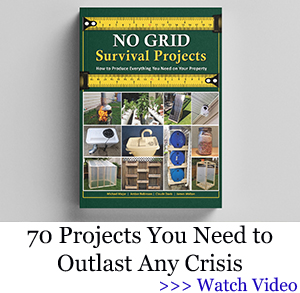 Why You Should Think Like a Navy SEAL Instead of a Doomsday Prepper
Why You Should Think Like a Navy SEAL Instead of a Doomsday Prepper
5 Ingenious Ways To Refrigerate Your Food Without Electricity (Video)
Remove This From Your Stockpile Immediately

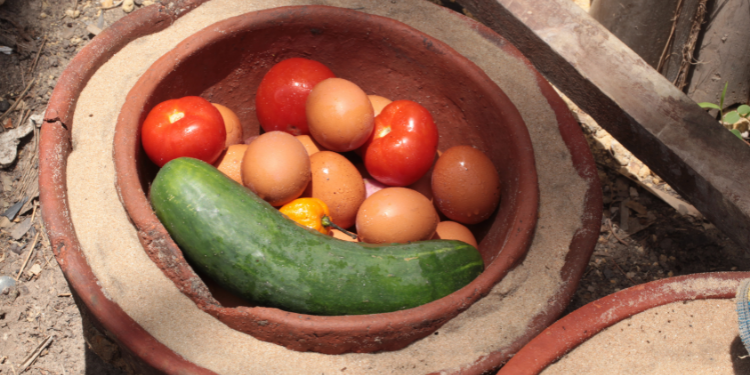







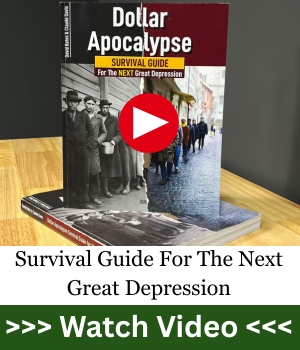
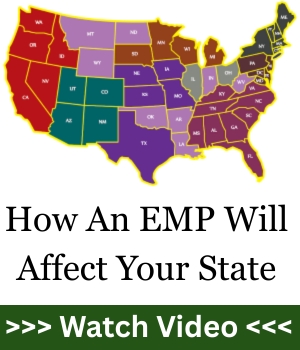
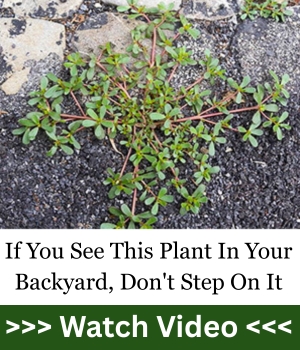

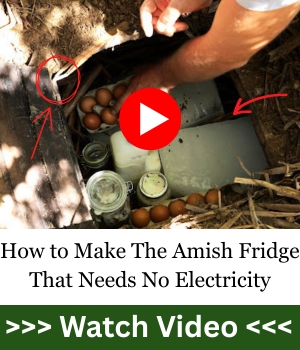
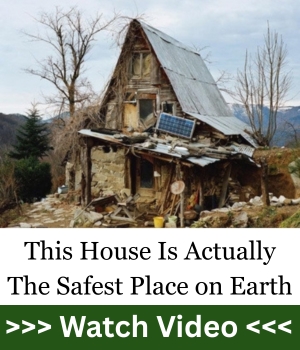
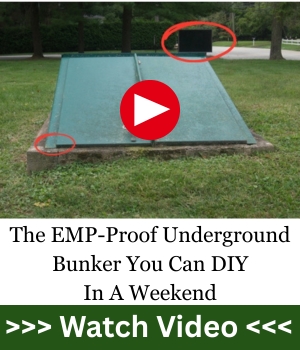
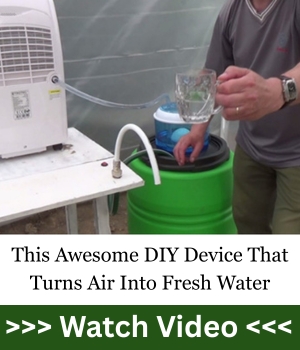





Cool.
Would it help IF the outer pot was placed in the ground assuring more of a cooling effect?
neat i guess i would rather do a ice box with area it would make sense..
What is an ice box with area.???
Can you give an example, on this that you would do.
Root cellars lined with hay and saw dust…. stored ICE chunks from the creeks or ponds..
I mean its probably pointless but ice would be cool. .Glad we hooked up solar so the freezer works.
Does it serve flaked or cubed ice. Can I install a water dispenser in the sidewall ?
Just clowning you, thank you for the great information.
I think Raven living in the frozen North of Minnesota is thinking of harvesting ice from lakes, storing it in heavily insulated root cellars with sawdust and drainage to be used in a TRUE ICEBOX.
Like back when the Milk was delivered in glass returnable bottles, they’d deliver blocks of ice.
In NH we still do ice harvesting as a sporting event for the few island camps that STILL use Ice Boxes.
A fun affair, almost as much fun as ice fishing.
The frozen north with the ice box is a good idea. Well done Raven.
I know ZILCH about solar panels so can you link me to a set up that would only keep my freezer running if we lost electricity please? That may be a complex subject, no doubt, but a starting point to research would be so helpful!!! Thank you so much!!
MJ. Before you start researching components, use a Kill-a-Watt meter on the electrical outlet your freezer is on. Use it a few days to see how many watt-hours it averages per day. Divide that number by 12 and you’ll know how many amp hours you average per day.
Suppose your amp-hours equal 50. You’ll need a minimum 100 amp-hour deep cycle battery to run your freezer for one day. 200 amp-hours for 2 days etc.
Then, the issue is keeping the battery(s) charged. Solar is one way. But, if you just want a backup for a few days, in case of power loss, you can use your house power with a battery charger to keep the batteries topped off.
But, if you want to go solar, the principle is this. If you’re using 50 amp-hours per day, you have to be able to charge 50 amp hrs per day back to the batteries. That equals 600 watt hours. Based on 50% efficiency you’ll need panels rated to produce 1200 watt-hours per day.
The hours of sunlight come into play now. If you have 6 hours of sunlight on the panels, you divide the 1200 by 6 = 200. You’ll need panels rated at 200 watts. If you get 4 hours of sunlight, its 1200 divided by 4 = 300 watt solar panel.
In addition to the solar panels and battery(s), you’ll need a solar controller rated for the amperage coming from your solar panels. The controller evens out the charge and prevents reverse flow at night. You’ll also need an AC/DC inverter rated for the wattage of your freezer, taking into account startup surge. The inverter converts DC current from the battery to AC for your freezer.
So, long answer I know. But, if you proceed to research components look at solar panels, controllers, deep cycle batteries and inverters. If you’re on Facebook, search DIY Solar and you’ll find numerous forums to ask questions.
a 3kw with lithium battery is 23k
Harbor freight 100 watt kit. 2 135 amp hour marine batteries from walmart and a duracell 1200 watt inverter from lowes or tsc.
the Harbor Freight 100w setup will not run a freezer but it can run some small lights….. its a bulky setup for very little wattage..
US Solar Mount would be the ideal company to speak to.
Food for patriots sells a solar powered generator.
I have the patorait generator.
super good solar generator.
Worth the money.
John while your numbers are pretty good there is one issue. Drawing down a Lead Acid Battery 50% daily will destroy it in a few weeks, maybe a month.
Now If you said using Lithium Batteries then your more correct as they do well in deep discharge situations.
Otherwise, a good simple explanation.
I fooled around with small solar setups and the main lesson I learned is to not waste time with any lead acid batteries, no matter how careful you are you will sooner or later discharge it below 50% and ruin it. Then there’s the hassle of matching all the components and wiring it all together. If you really want to run a fridge on solar, research solar generators, a system big enough for you with a durable lithium battery runs around 3000.00 dollars. Components are integrated into a single portable package, lot more dependable than assembling your own.
Don’t think it’s wise to waste resources on refrigeration, to tell the truth, that’s for RV camping not for the end of the world.
15k is easily the price for a lithium battery
. Some help on keeping the clay and sand moist.
Take a can or a bottle and put a small hole in the lid, just so the water can drip out sloly, hang it over the area to be kept moist.
Now you won’t have to worry about keeping it wet.
You can use irrigation drips. they may work better then a hole in the lid. But same concept.
Beware, the irrigation drips may need pressure to work properly. So ck into that before you invest in that type of set up.
You can also water your plant in the buckets, the same way.
Spring is almost here. Happy times…
I’ve used bottles with caps off and neck in the ground to water plants in soil. The water in the bottle will only seep out as needed. I’m not sure how well it works in sand but I think it will work like as if the neck was in water. If so, the pot will stay full up to the bottle opening. I prefer using glass bottles. Plastic ones will work but they cave in from the vacuum.
Remember, Glass container can also pull a vacuum and not let any more water come out, until there is a burp in the line. So glass can stop watering altogeather. Plastic has the ability to flex, maybe giving the chants to keep watering.
Try glass and then try plastic.
Not saying either one is bad.
Good luck.
I’ve been trying to calculate how many of these I would need to hold a 32-pack of Keystone, ,,, uh i mean, spring water.
Please share that info when you finish your calculations!! 😉
John a large mesh bag will hold those Keystones in the cool creek 🙂
Just add a fishing pole and a good book, your good to go.
Downloaded and saved on smart phone.
Saved file to access after the grid goes down, and cell towers no longer work, and we cant access this site….we can still access saved PDFs of usefull info.
Figured I would go ahead and strike 1st seeing as how we will probally have the “What goods a cell phone after the collapse of society” folks.
Ive seen similar setups in Iraq/Kuwait region, especially to more rural ….. ill keep it pg13 and just say locals. So yes this will work in a hotter climate, youll just have to rewet the towel more often.
I would be curious on results of different types of sands , especially silica sand that is usually used in firebrick etc.
What if an EMP takes out your smartphone? I prefer paper, with print. I’m thinking post-SHTF that librarians may become the new elite, the keepers of knowledge.
Easy, just keep an extra tablet and solar charger in your Faraday bag with all your useful pdf’s inside.
What if your paper burns in a fire.
Maybe try cuneiform?
HEY!
MN hit 3.99.9 today…
Thank You JOE!
It will come down in price as soon as sleepy Joe negotiates with Maduro.
I suspect that’s happened already. It will get better, also, when our domestic producers restart the wells they shut-in when the price was too low for them. To be fair, February did show an uptick as prices started to climb. I bet March shows a big increase of active wells. American producers aren’t going to sell their product at the low prices we’ve had. We have plenty of oil, but why deplete our supply at a low profit if we can wait it out for prices to increase?
The drilling rig count in the Permian Basin has been steadily increasing for 2 months, lots of new pipelines and infrastructure going in, too, When oil last dropped to 40.00 bbl the small and mid-size companies that led the explosion of production in the Permian went bankrupt, as expected. The Majors bought up alltheir holdings and are again in control of American production. They are going to be much slower to expand supply, to keep the cost up and risk down, and to keep paying dividends to shareholders. Politicians mostly affect oil prices by starting recessions and wars, the oil companies control how much is produced.
Interesting fact of the business, the major oil producers buy huge tracts in Federal Lease areas never intending to drill there, a huge part of their ability to raise capital is based on how much acreage they have rights to without regard to any production plans. Restricting drilling on Federal Land has almost no effect on price and production, it’s just an empty gesture politicians make. If the government, politicians, or media are speaking you know they are lying.
Pretty funny the U.S. going hat in hand to Venezuela. The U.S. has always waged economic war on Russia, the U.S. has never waged economic war on Venezuela.
Nor-cal $7.59/gal. Thanks Joe. Go Brandon !!!
Its not going down… sorry they want this collapse to much
Some places in the PDRK gas is close to $6.00 a gallon. The federale want to re-open some platforms in the Santa Barbara channel. Locals are against it, especially the ones driving Escalades. California still has lots of oil underground but the greenies are politically strong enough that extraction is forbidden or else the bureaucrats throw up enough conditions for operating a well that it becomes cost ineffective to recover the oil.
Same reason CA burns every sumner/fall…greenies wont let the reservoirs use the water needed to keep things green instead of Rashioned into desert dryness
Minnesota is perfect if you live near a creek or lake….cool water to keep the Keystone cold(ish) in the summers…out the back door in the snow in the winter!
Works for Grain Belt too..?
How long do you think the list will be on Joe’s parden list? All of his family, him, Clintons, Kerry, etc. ??
A who’s who of the DemoCommunist party.
Can’t pardon the unconvicted.
That aside, in olden/golden days we had swamp cooler A/C in Fresno when we lived there.
Had to dig a little but finally found that, in a desert environment with a steady wind this pot in pot rig can get as cool as 68-70 degrees F. This is useful for storing vegetables up to 2 weeks after harvest, reducing food waste. Building a large one gets expensive but you could cut the price by using a glass or plastic vessel for the inside instead of a second high dollar clay vessel.
Plastic would make it lighter for us “mature” folk. Would recommend placing the whole thing on one of those dollies for flower pots. Easier to move the whole arrangement to avoid the sun’s travels.
You’re right. It works much better in a hot dry environment than in a hot humid environment. In humid areas, it makes sense to put what you want to be kept cool in a hole in the ground and allow the coolness of the earth to cool the contents of your container. Putting your items in a building over a running stream from a spring is also excellent.
Need a good paying job? I’ll bet the oil patch is soon to reopen like in the early 80s.
I spent a little time in the patch in Wyoming back then. Wells that wern’t profitable were reopened
Another way to keep food cool if you have a dug well. Build a shelf in the well on one or two sides leaving room in the event you want to drop a bucket down to get water. Place your food items on the shelf and replace the well cover. The food will stay nice and cool. Another way that works is using a metal picnic cooler. Set in a cement cellar away from windows it will keep butter, cheese etc. reasonably cool but not as cold as the well. Still another option is to dig into the side of a hill and place cement blocks in the hole on the north side. Place a metal cooer in the hole against the cement blocks and cover the entrance to the in ground hole. We live six months of the year at our farm in a small 10 x 12 ft cabin with an added 8 x 12 ft sun porch. We are totally off grid. The main part of the cabin has a cellar with an outside entrance. Our dug well is not connected to the cabin. So we are always learning new ways which are really old ways of doing things. Winters we live on a main road in a 1970’s house trailer. I never have much to keep in a fridg so use a plastic picnic cooler with ice packs in it for a fridg. At the winter home I have a small deep freeze to freeze the ice packs. We don’t have a fridg and get along fine without one.
Can I use it inside the house or only outside? thanks for your help
actually anything underground is best
use the natural caves or holes in mountains or earth as a natural source
the earth is constant at 6 ‘ undergound , remains that way
and food rots from temperature and exposure to sunlight , uv , heat
if you layer anything and seal each layer it acts as an insulator
wish you the best
I always wondered why preppers don’t generate their own biogas, not even the Amish have a system of this type, because with biogas you can heat, light, refrigerate your food and even run an engine to run a workshop.
My husband did his Master Degree in Mechanical Engineering with a Solar Dissertation to graduate. He swears that here in Central New York, it is way too cloudy to make electricity with a solar panel or solar system of any type. We did buy a few small panels to go with a charger or sorts, but the panels never produced ANY electricity, even in the summertime. I keep hearing that you can get solar to work with new types of panels nowadays. Does anyone have information on that? I still wish we could do a solar generator, but don’t want to invest in something that expensive that may NOT WORK in our area!!